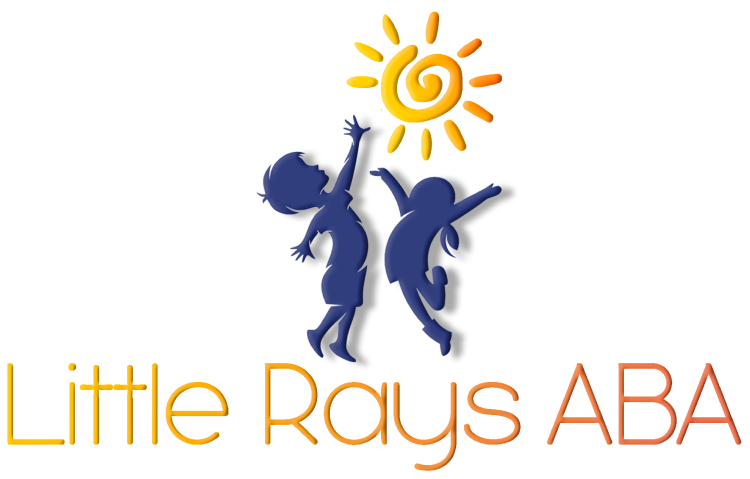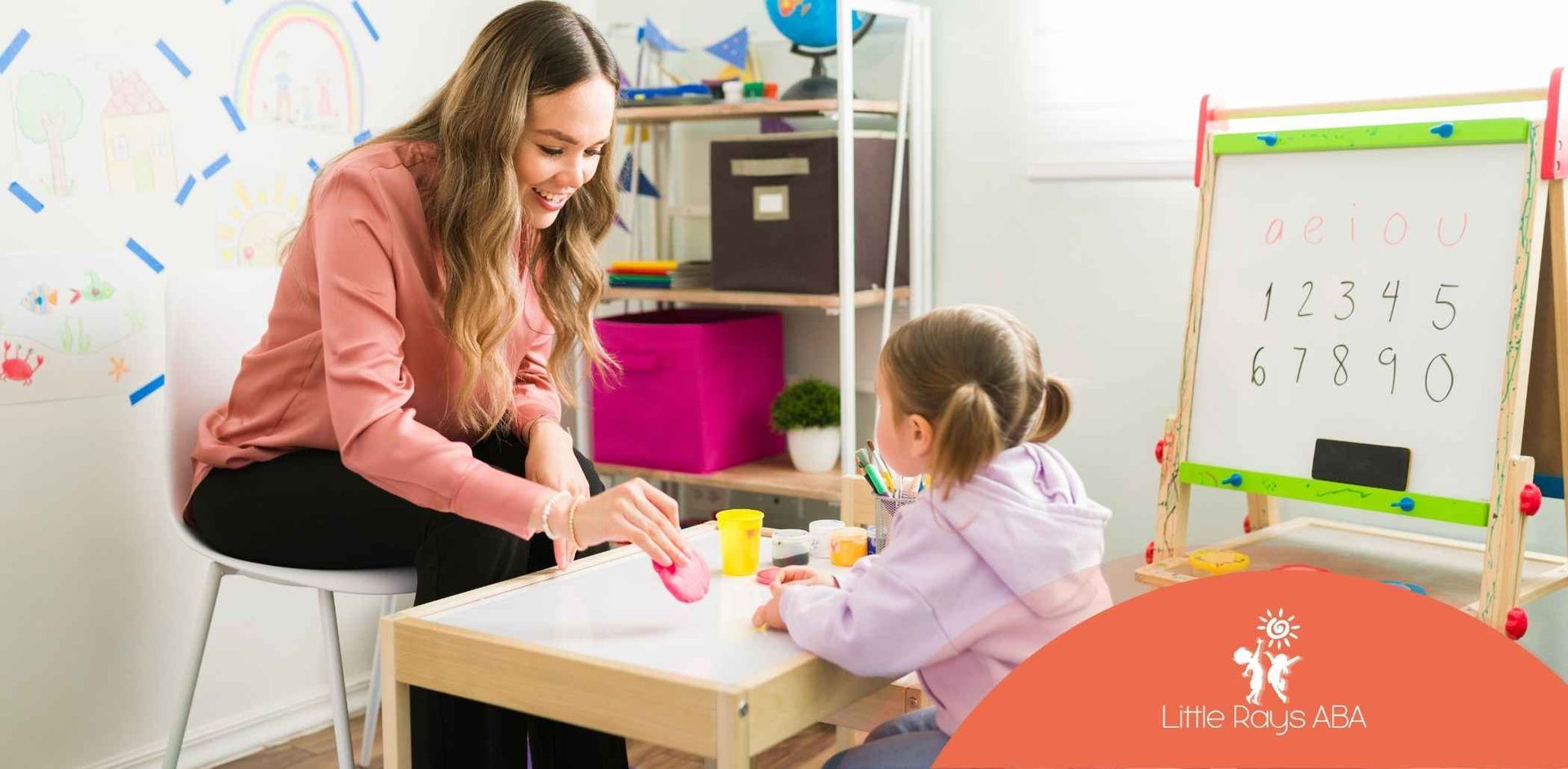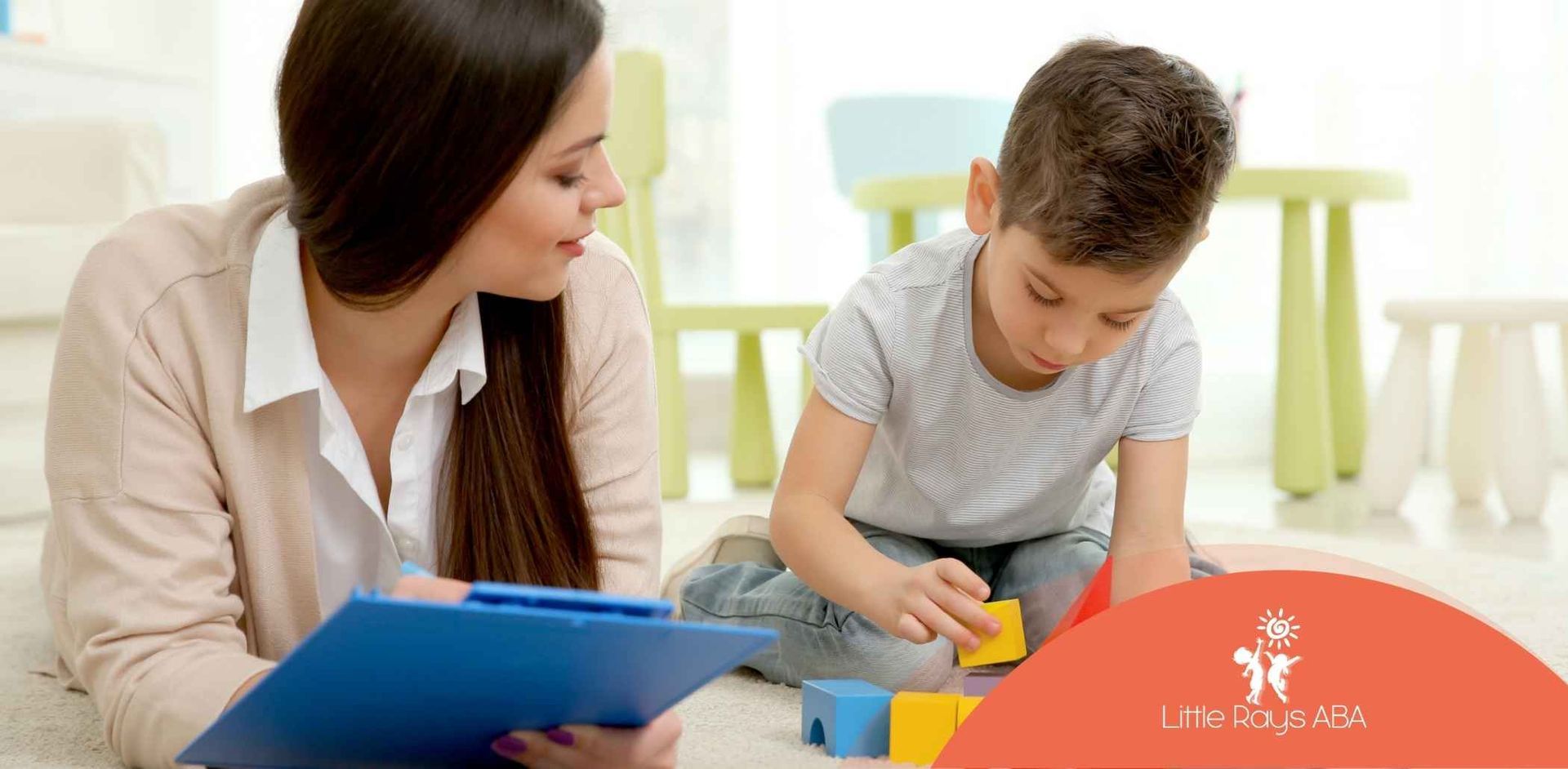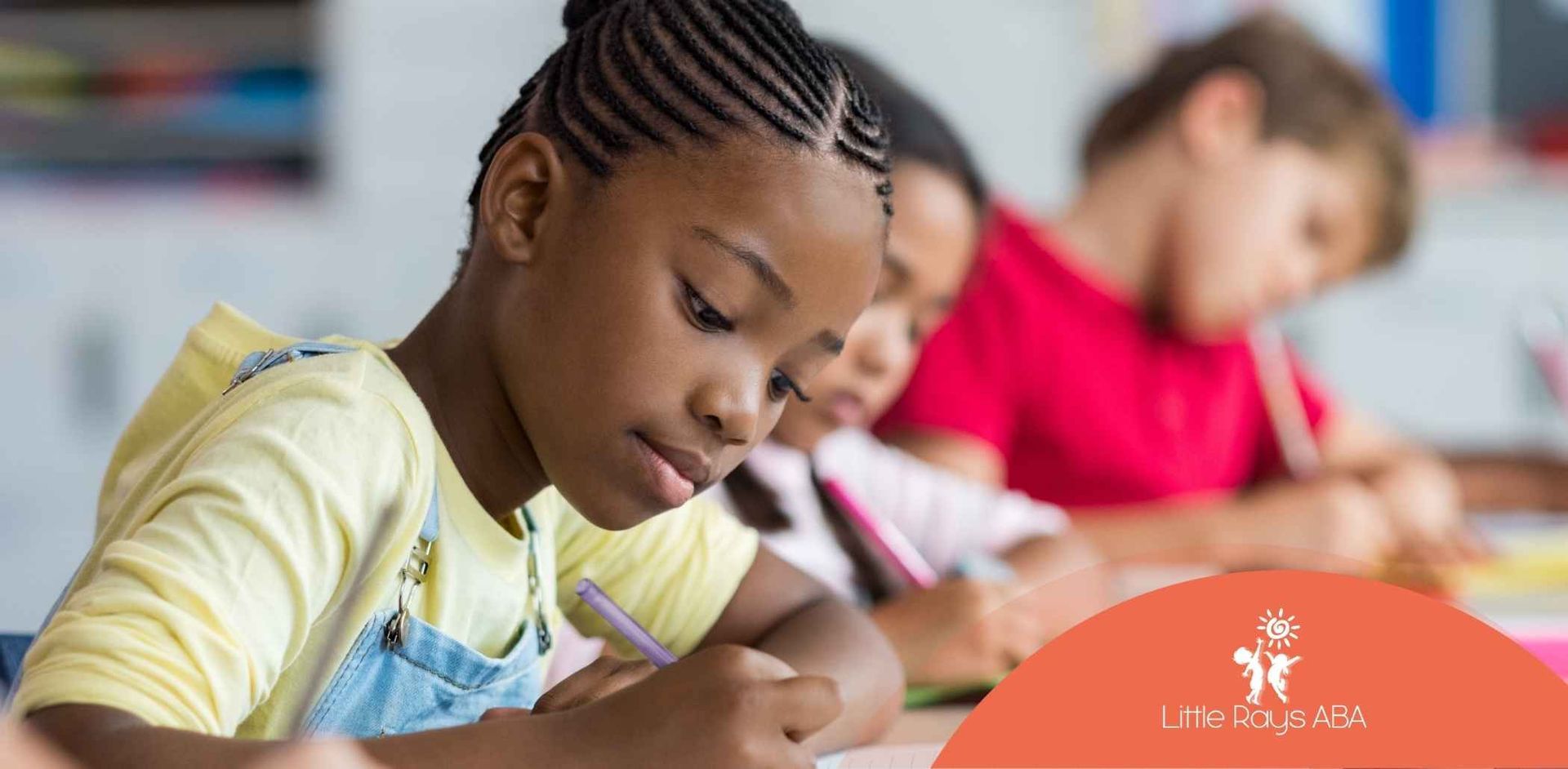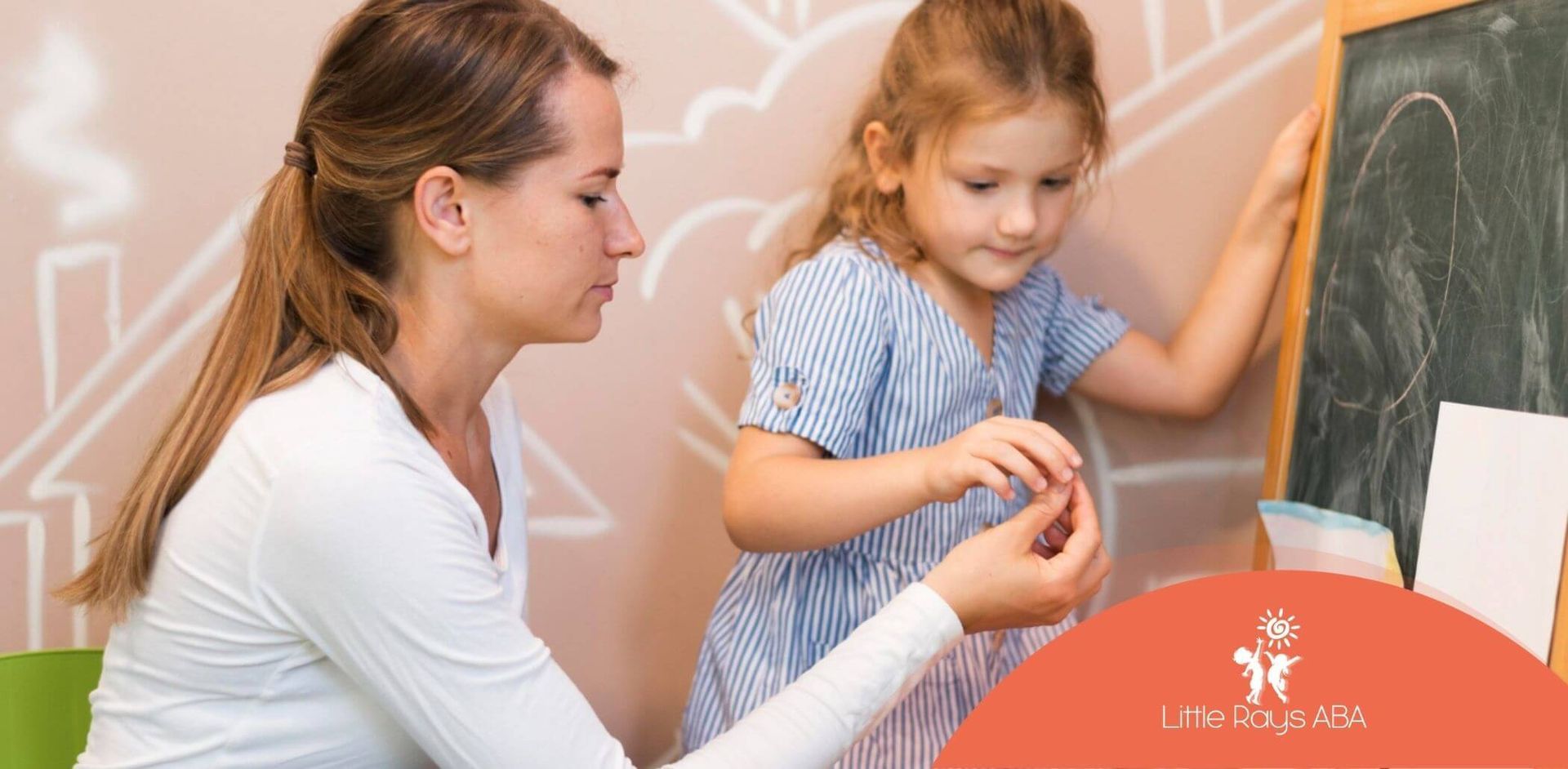
ABA Therapy Success Rates: What Families Should Know
Families often ask: How successful is ABA therapy?
The short answer: when applied consistently and tailored to the child’s needs, ABA therapy has a strong track record of improving communication, behavior, and daily living skills.
According to the U.S. Surgeon General and the American Psychological Association, ABA is considered an evidence-based “best practice” for autism intervention.
A landmark study by Dr. O. Ivar Lovaas (1987) found that 47% of children who received intensive ABA for 40 hours a week achieved average intellectual and educational functioning — compared to only 2% in the control group.
More recent research from the National Institutes of Health shows that many children in ABA programs make significant gains in language, social skills, and adaptive behaviors within the first year.
ABA is not a one-size-fits-all program. Success depends on factors such as:
- Early start (before age 5 tends to yield the best outcomes)
- Consistency (higher therapy hours often mean faster progress)
- Family involvement (reinforcing skills at home is key)
Little Rays ABA offers in-home ABA therapy in Florida for personalized support in familiar surroundings.
We provide
school-based ABA to help children succeed academically and socially.
Our
in-camp ABA programs build skills in fun, recreational environments.
We also offer
ABA parent training to equip families with proven strategies year-round.
Contact Little Rays ABA today to create a tailored plan for your child’s success.
FAQs
1. Is ABA therapy effective for all children with autism?
Results vary, but many children see measurable improvement in communication and behavior.
2. How long does it take to see progress with ABA?
Some skills improve within months, while others take longer depending on the child’s goals.
3. Can older children benefit from ABA therapy?
Yes. While early intervention is ideal, ABA can help at any age.
Related Posts
